
Common Woodworking Clamps
George VondriskaI’ve seen woodworkers struggle with projects simply because they use the wrong clamp for the task. Here’s a look at common clamps and how they’ll fit into your shop.
Parallel jaw
Parallel jaw clamps are an excellent choice for edge-to-edge glue-ups. The no-mar jaws don’t require pads; your work will stay flat in these clamps. They’re also great for door assembly.
F-style clamps
On a face-to-face glue-up, your best choice is an F-style clamp. The large threads and ergonomic handles give you lots of pressure. Jaw depth varies. Extra deep jaws allow you to reach the center of a wide board.
One-handed clamping
Do you need to hold your work while tightening a clamp with another hand? Trigger clamps work very well for this. So do lever clamps, which act like a ratchet and can quickly put plenty of pressure where you need it.
Band clamps
Whenever I assemble mitered work, like picture frames, I reach for a band clamp. Band clamps apply even pressure to all sides of your work, making them an excellent choice for closing miters.
Face frame clamps
When you’re installing cabinets, it’s hard to beat face frame clamps for drawing the face frames together AND keeping the faces flush. They also allow you to drill and drive for screws holding the cabinets together while the clamps are still in place.
Edging clamps
Gluing on edge banding? Edge band clamps simplify the process and easily draw the banding tight.
Gear clamp
Gear clamps have an offset built into the handle, allowing you to get into tight spots.
More info
For more information on Bessey clamps, visit the company’s website or call (800) 828-1004.
Share tips, start a discussion or ask one of our experts or other students a question.
Already a member? Sign in
One Response to “Common Woodworking Clamps”
Explore videos by George Vondriska
You may be interested in
Premium Membership
Unlock exclusive member content from our industry experts.
- 24/7 Access to Premium Woodworking Videos, Projects, and Tips
- Step-by-Step Instructional Demos, Plans, and Tutorials
- 50% Off Video Downloads Purchased in the Woodworkers Guild of America Shop
- 2 Printable Woodworking Plans
Unlock exclusive member content from our industry experts.
- 24/7 Access to Premium Woodworking Videos, Projects, and Tips
- Step-by-Step Instructional Demos, Plans, and Tutorials
- 50% Off Video Downloads Purchased in the Woodworkers Guild of America Shop
- 2 Full-Length Video Downloads to Watch Offline
- 2 Printable Woodworking Plans
Gold Membership
$370 Value
Get everything included in Premium plus exclusive Gold Membership benefits.
- 24/7 Access to Premium Woodworking Videos, Projects, and Tips
- Step-by-Step Instructional Demos, Plans, and Tutorials
- 8 Full-Length Video Downloads to Watch Offline
- 3 Full-Length Woodworking Classes to Keep for Life
- 7 Printable Woodworking Plans
- Discounts on Purchase-to-Own Content in the Woodworkers Guild of America Shop
- Access to Ask the Expert Program
- Exclusive GOLD LIVE Streaming Events
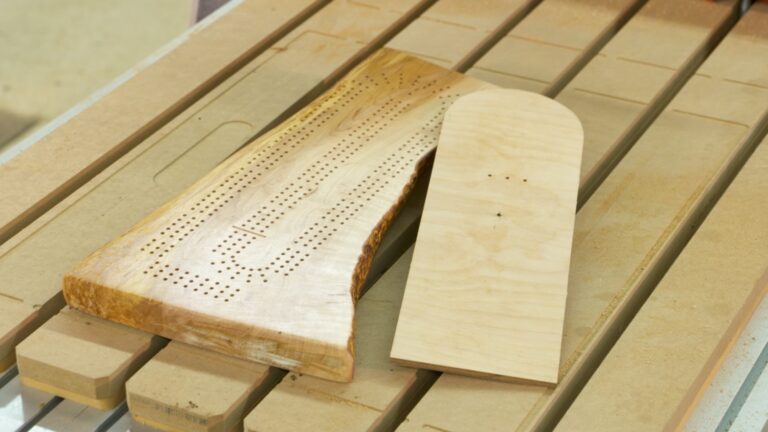


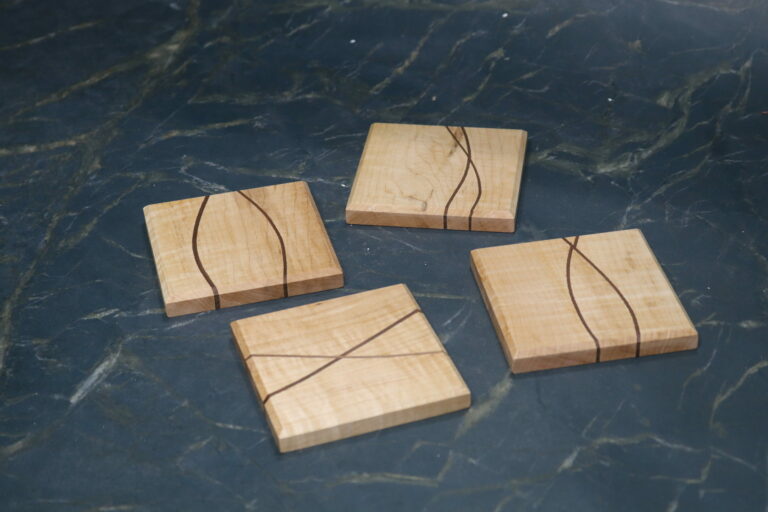
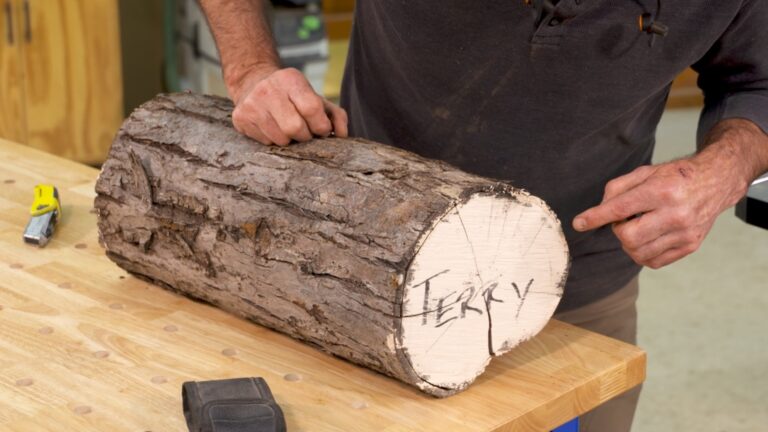
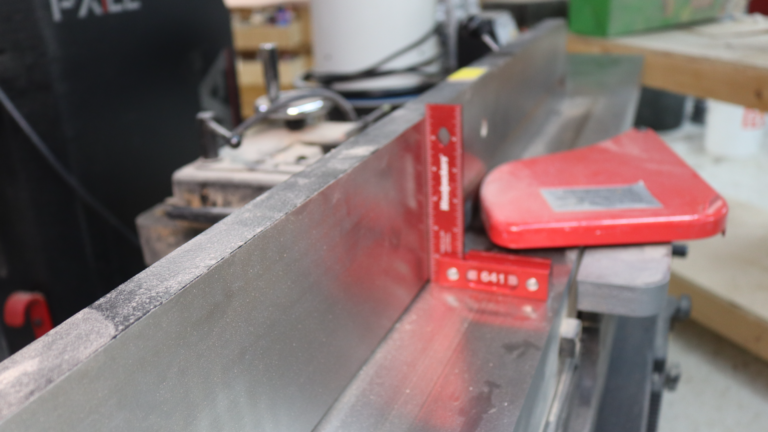
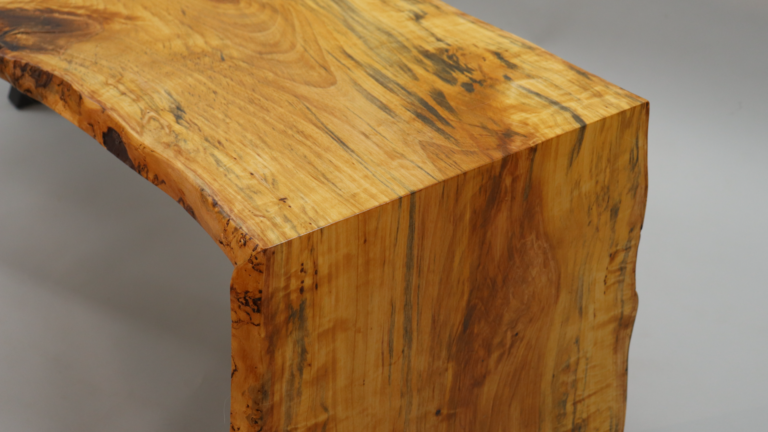


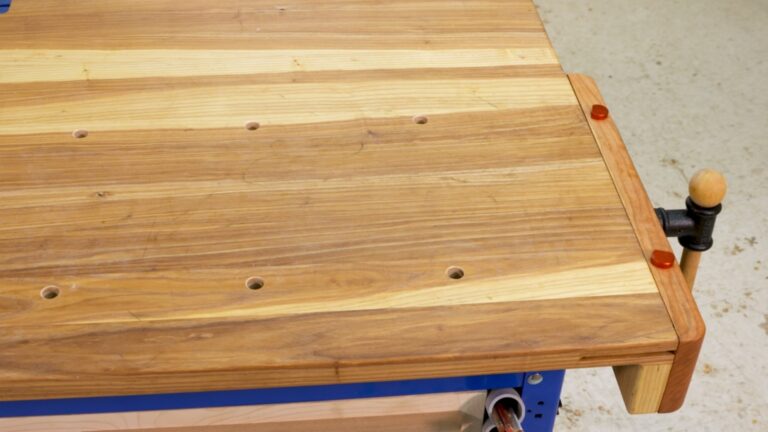

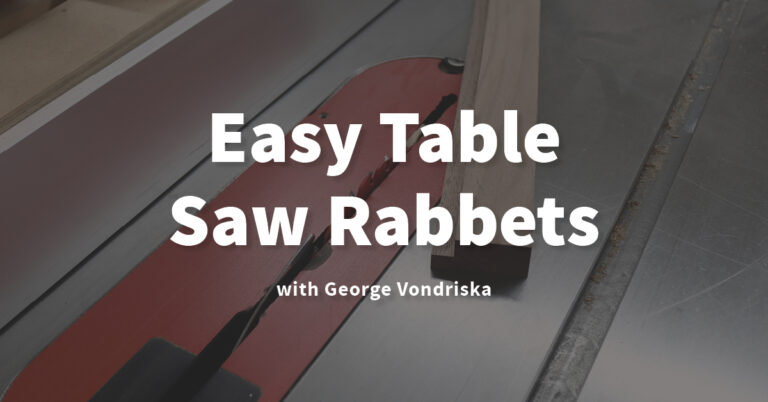
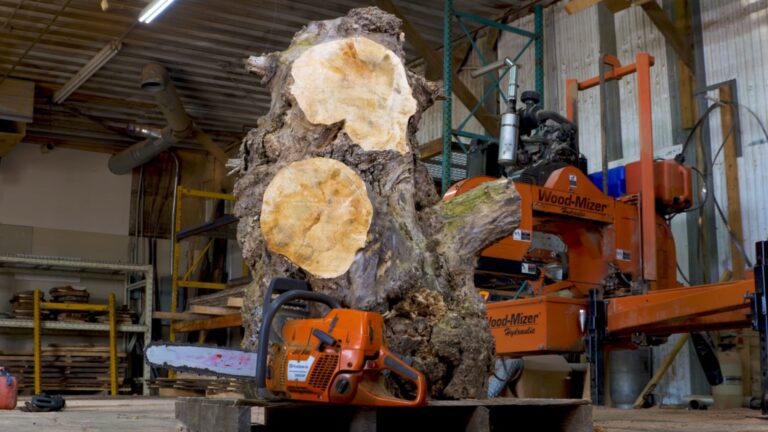


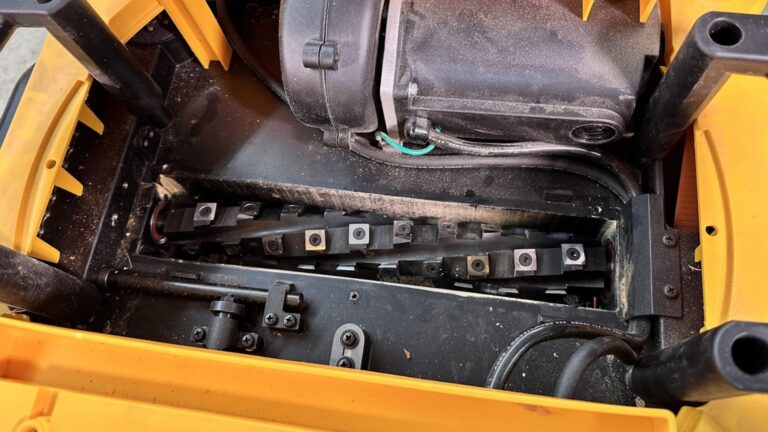
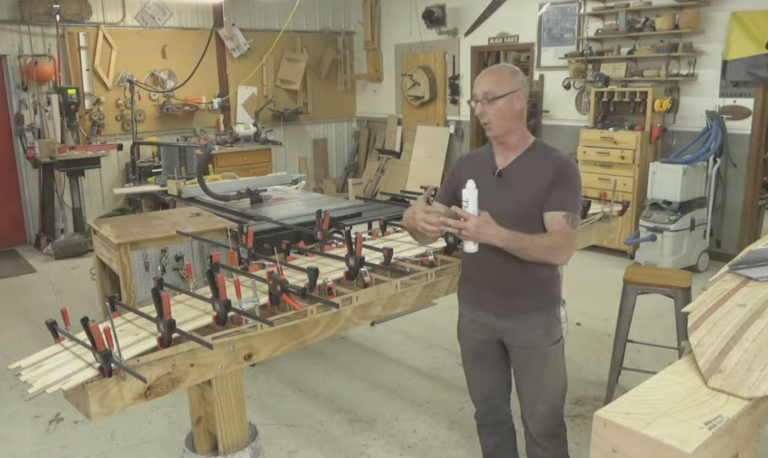



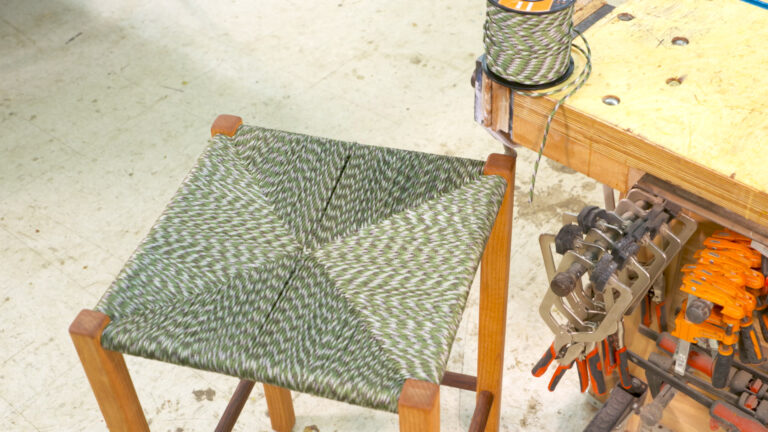
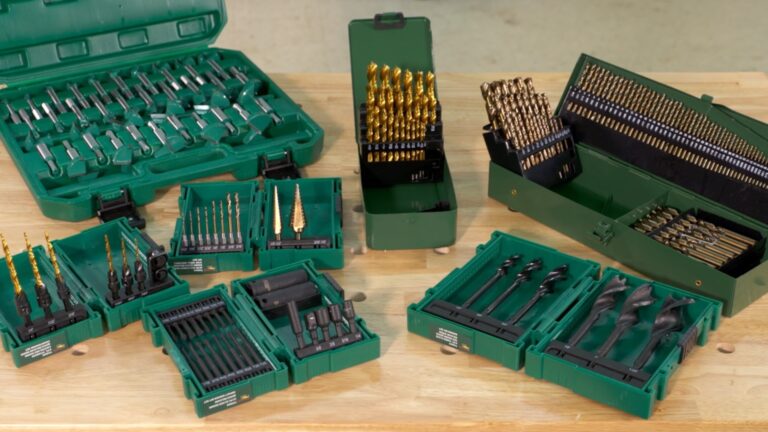




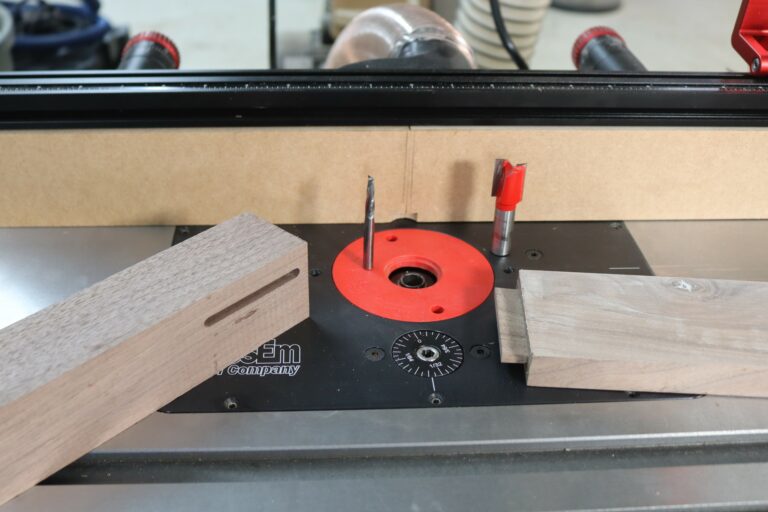
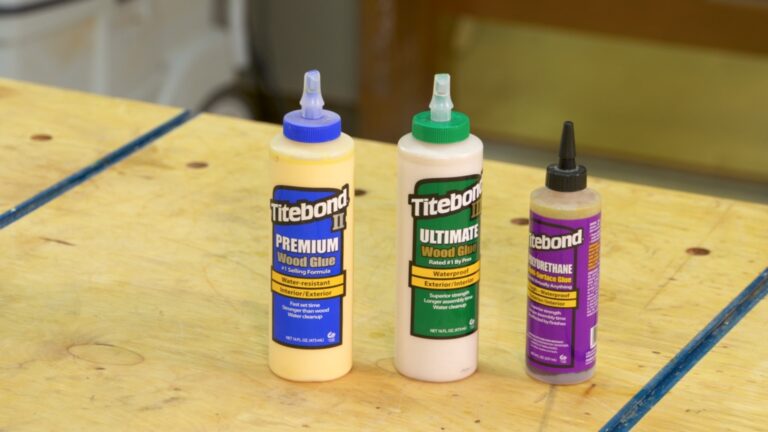
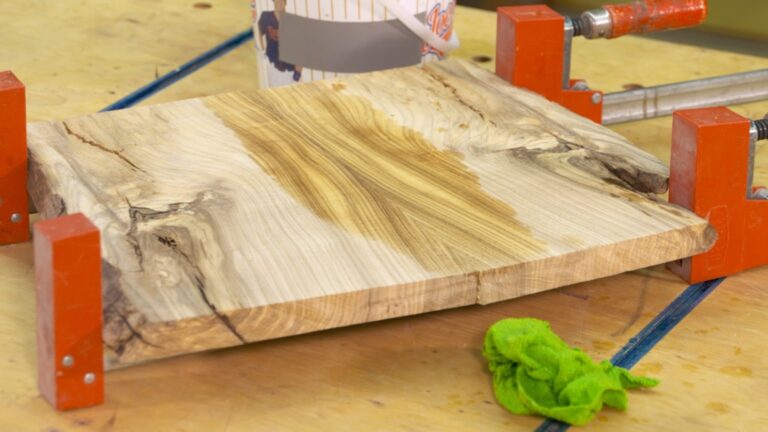
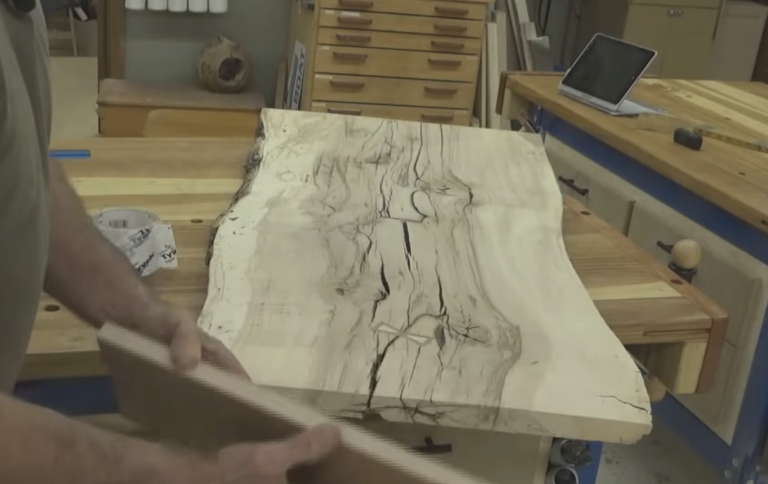

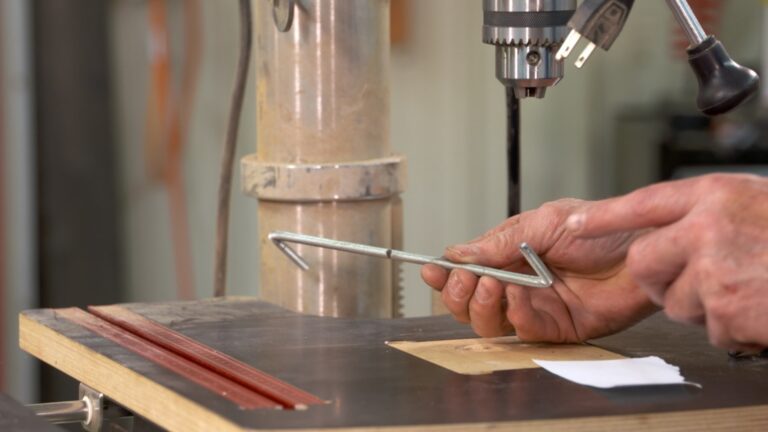

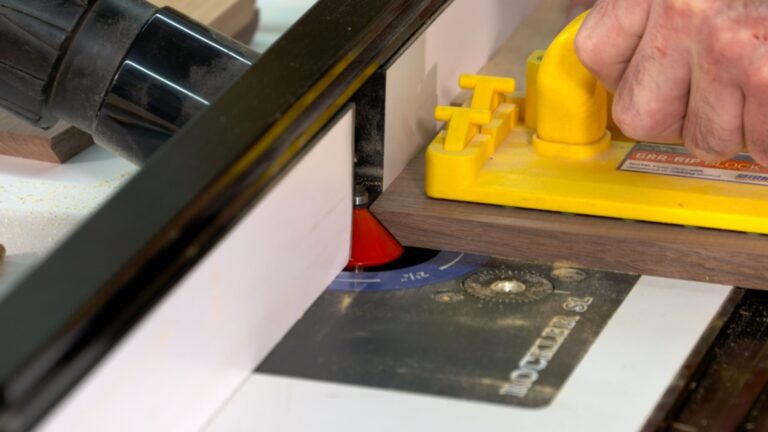

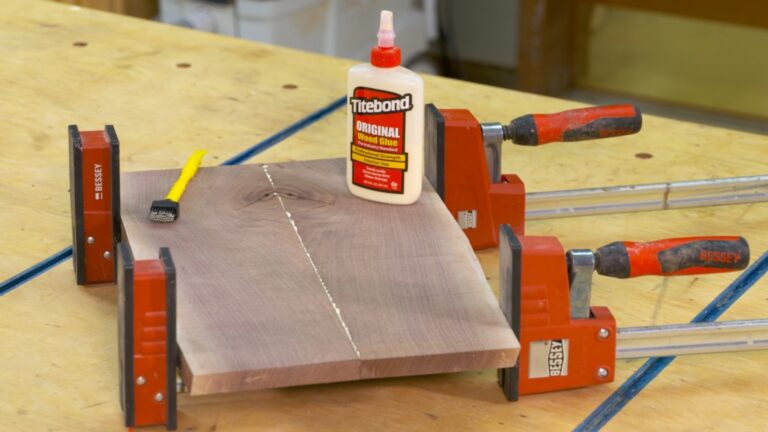
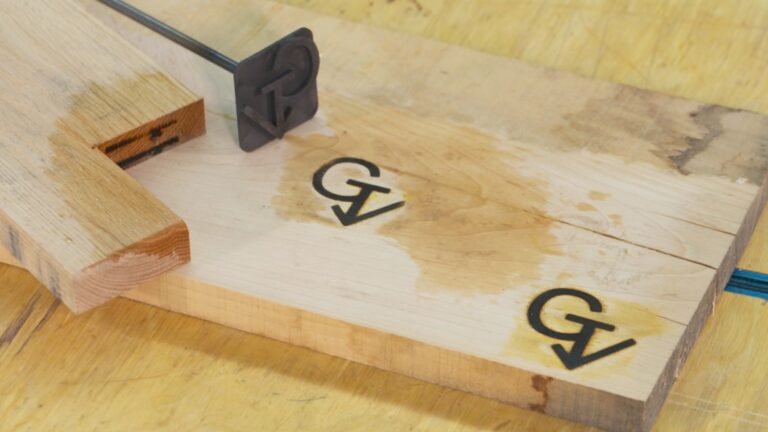
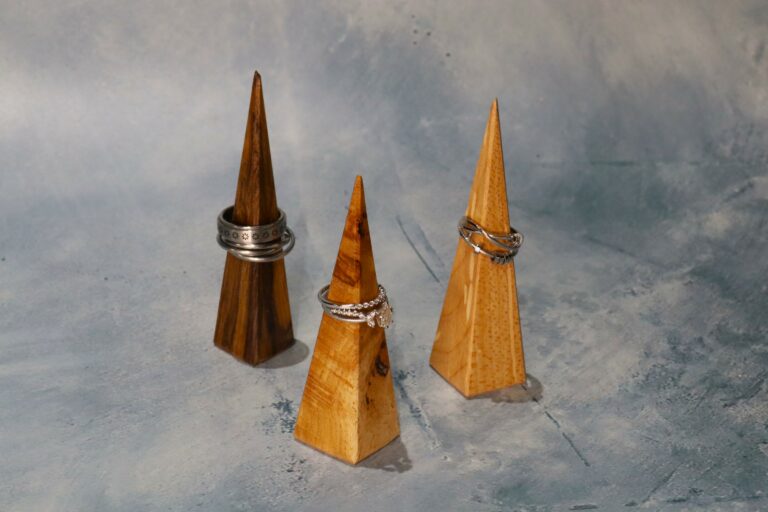
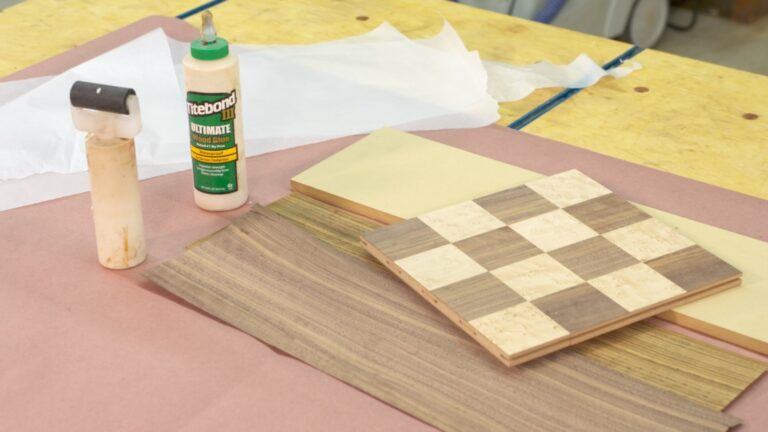
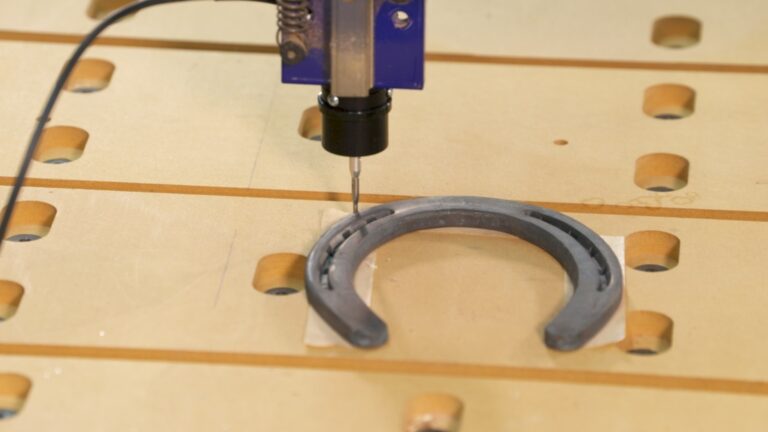
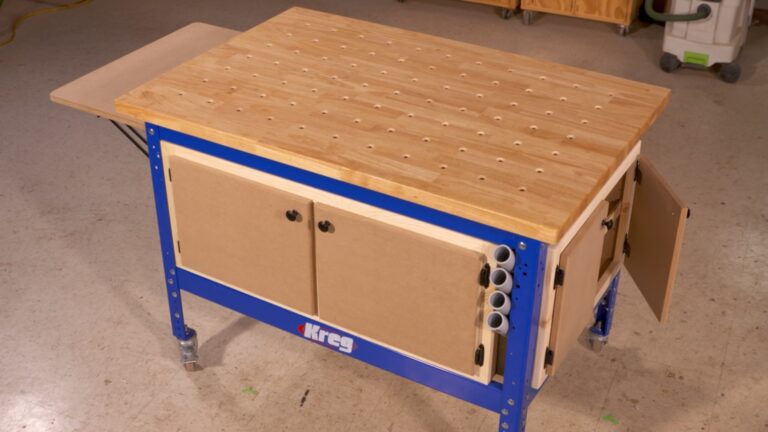
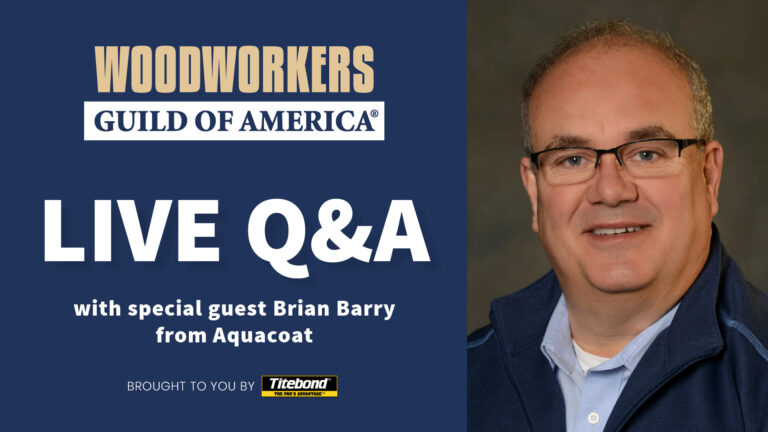

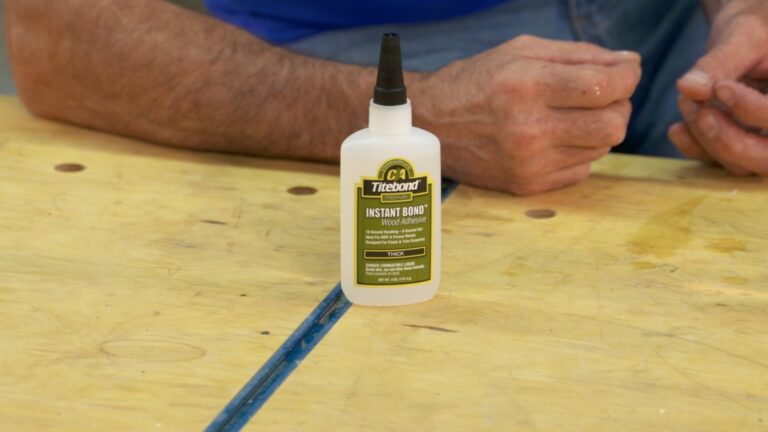
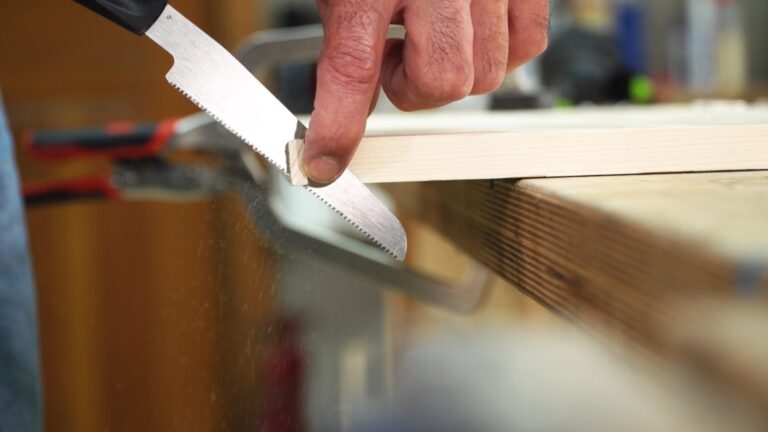
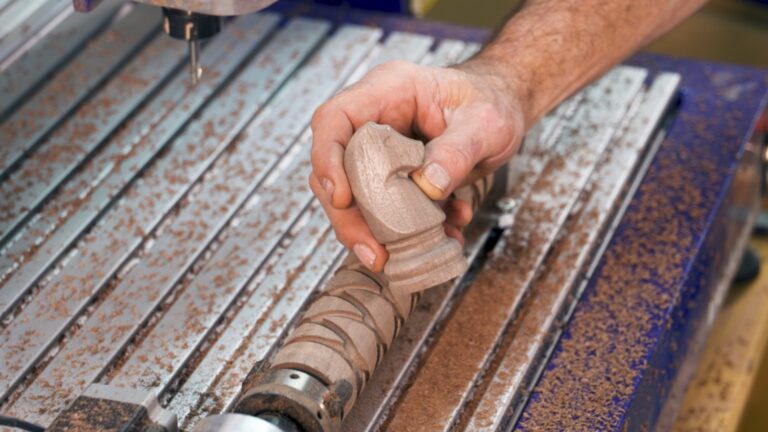
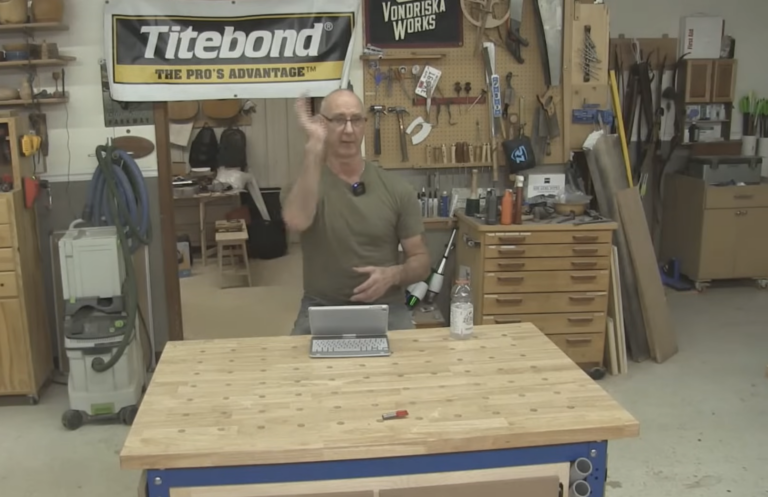
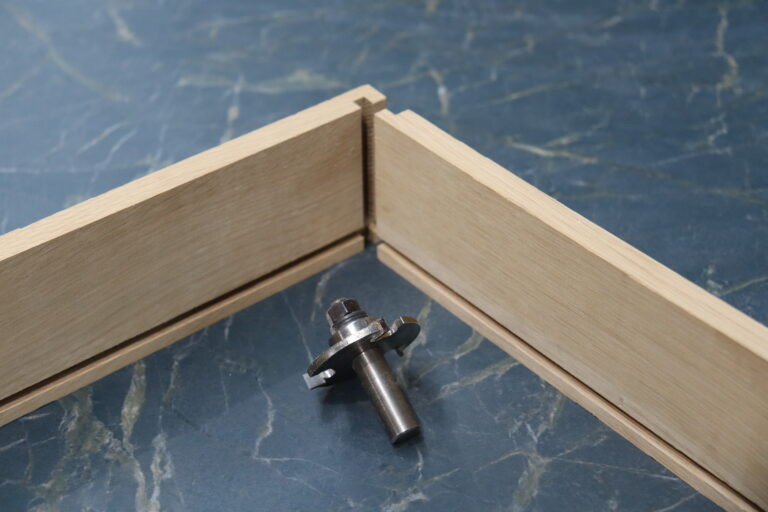
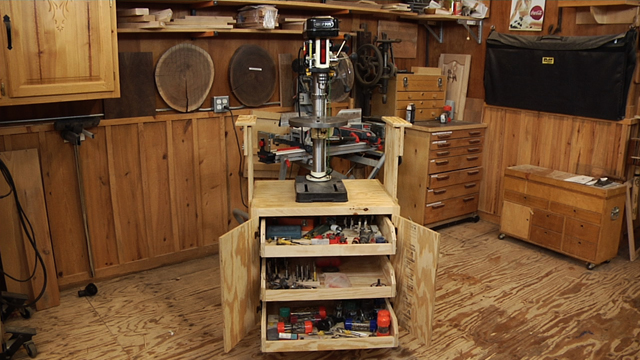
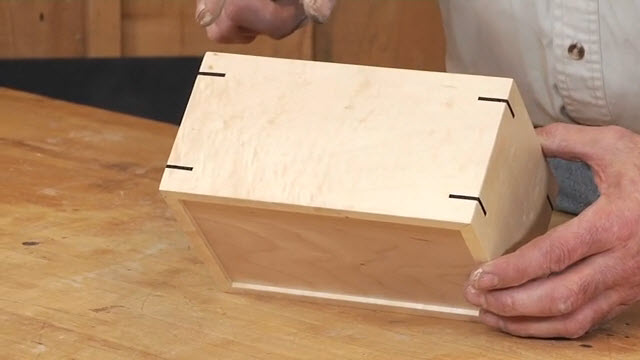

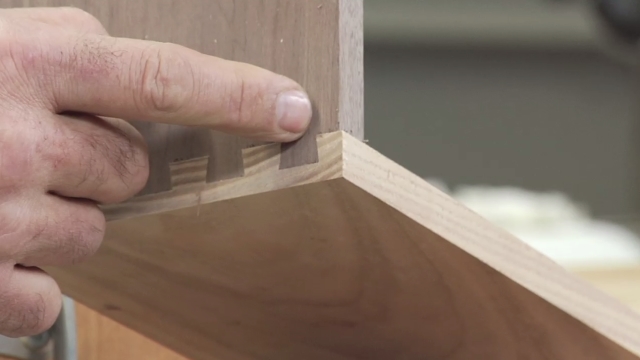


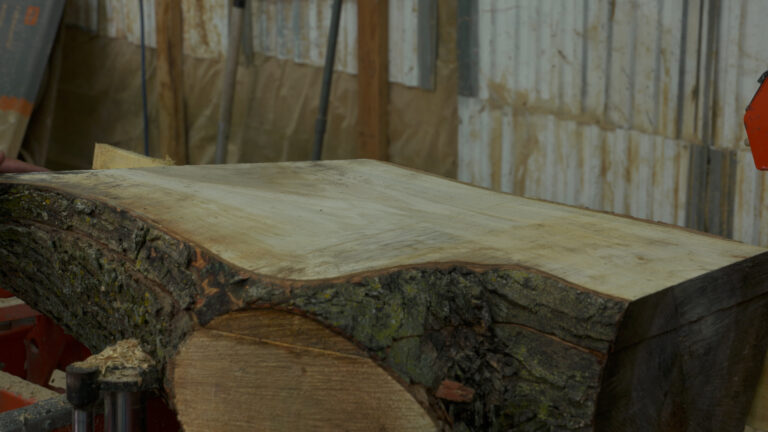

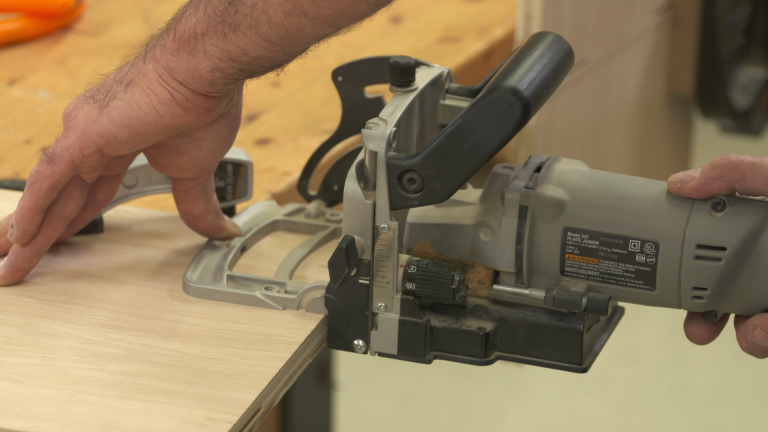
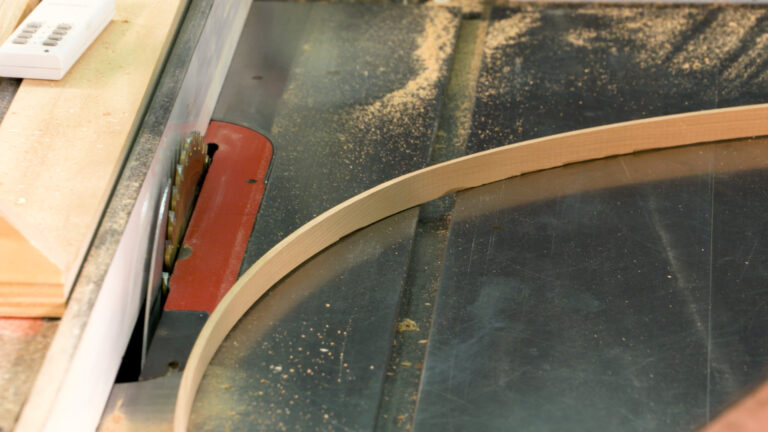

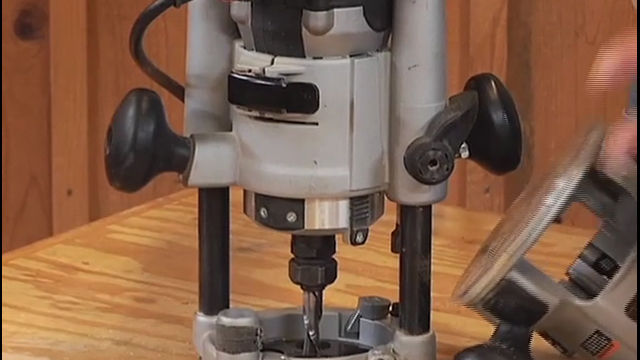
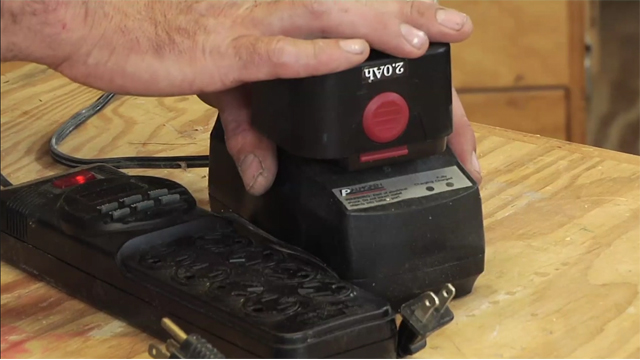
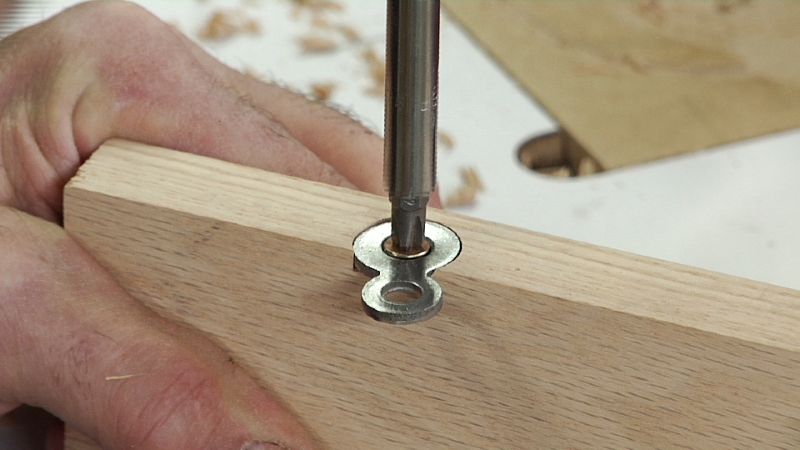
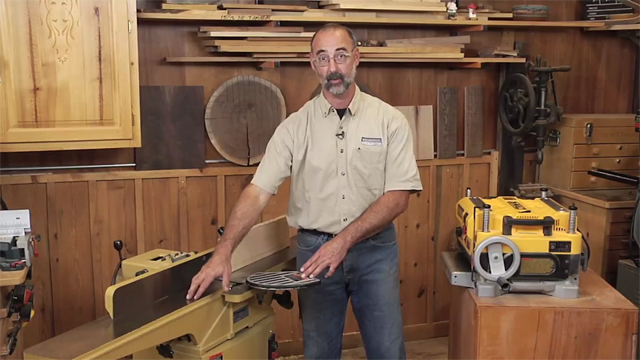
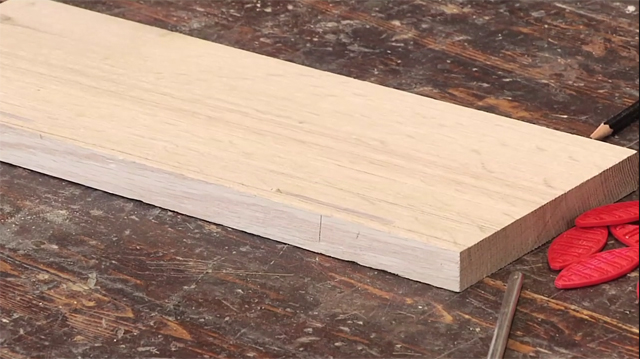
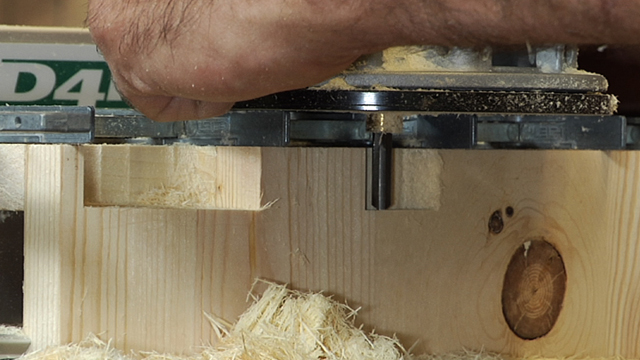
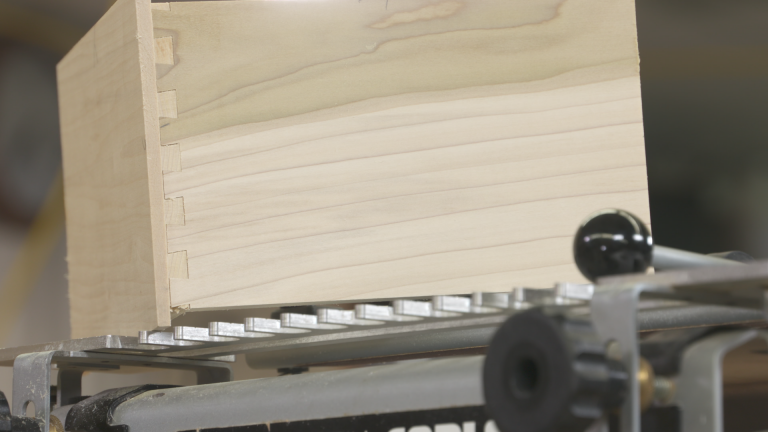

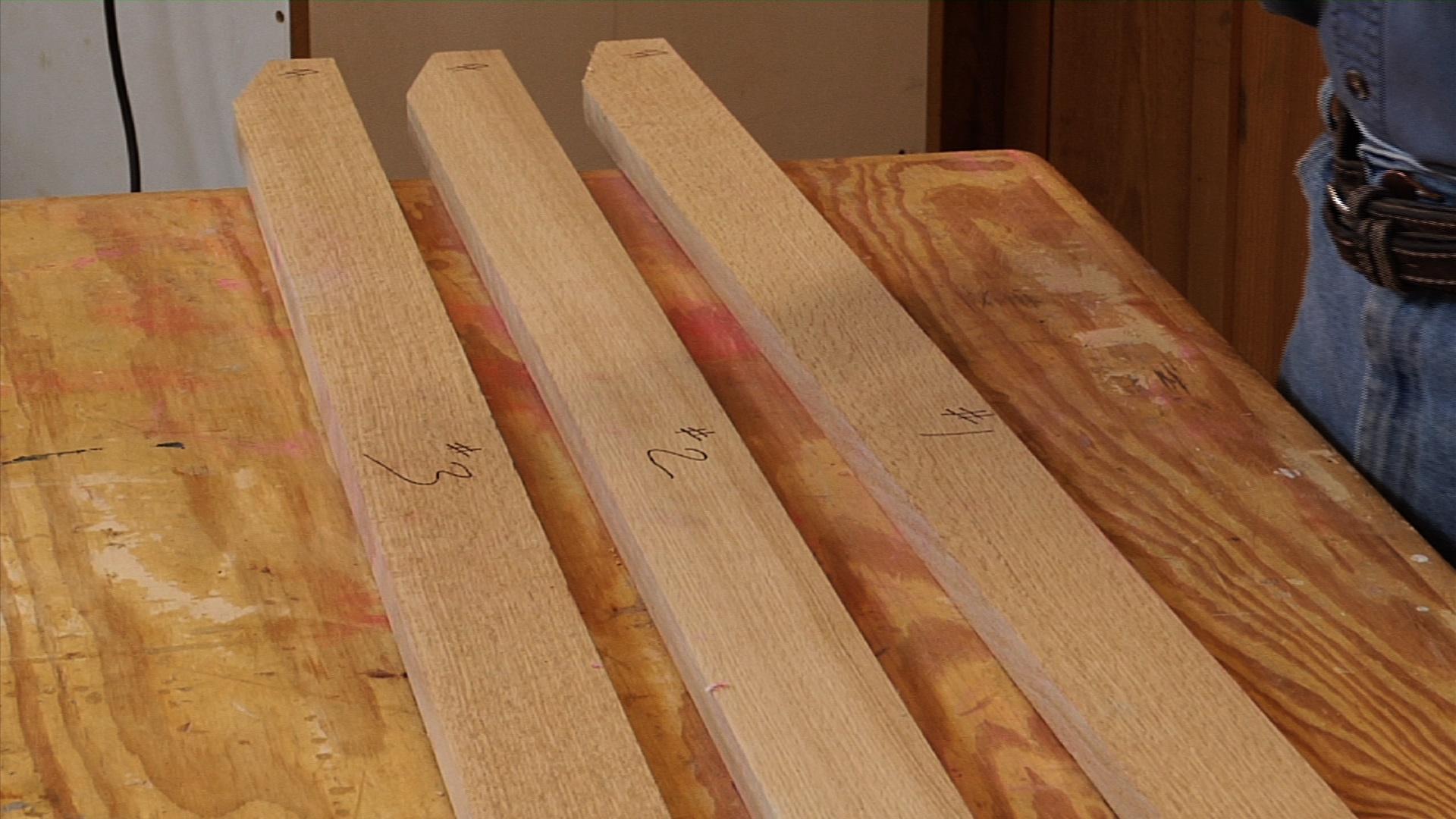


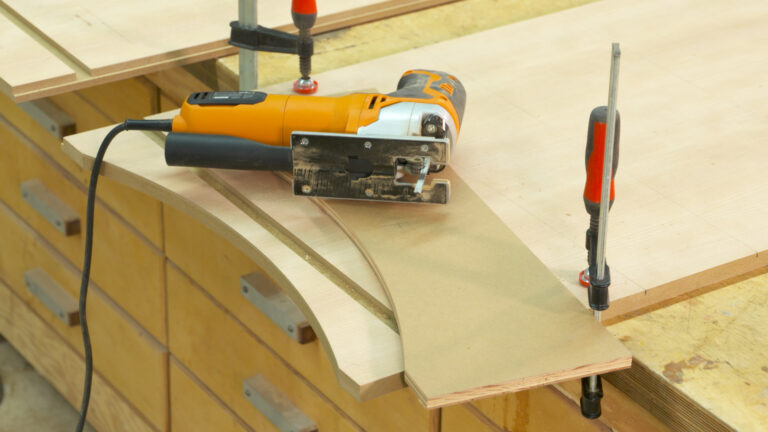
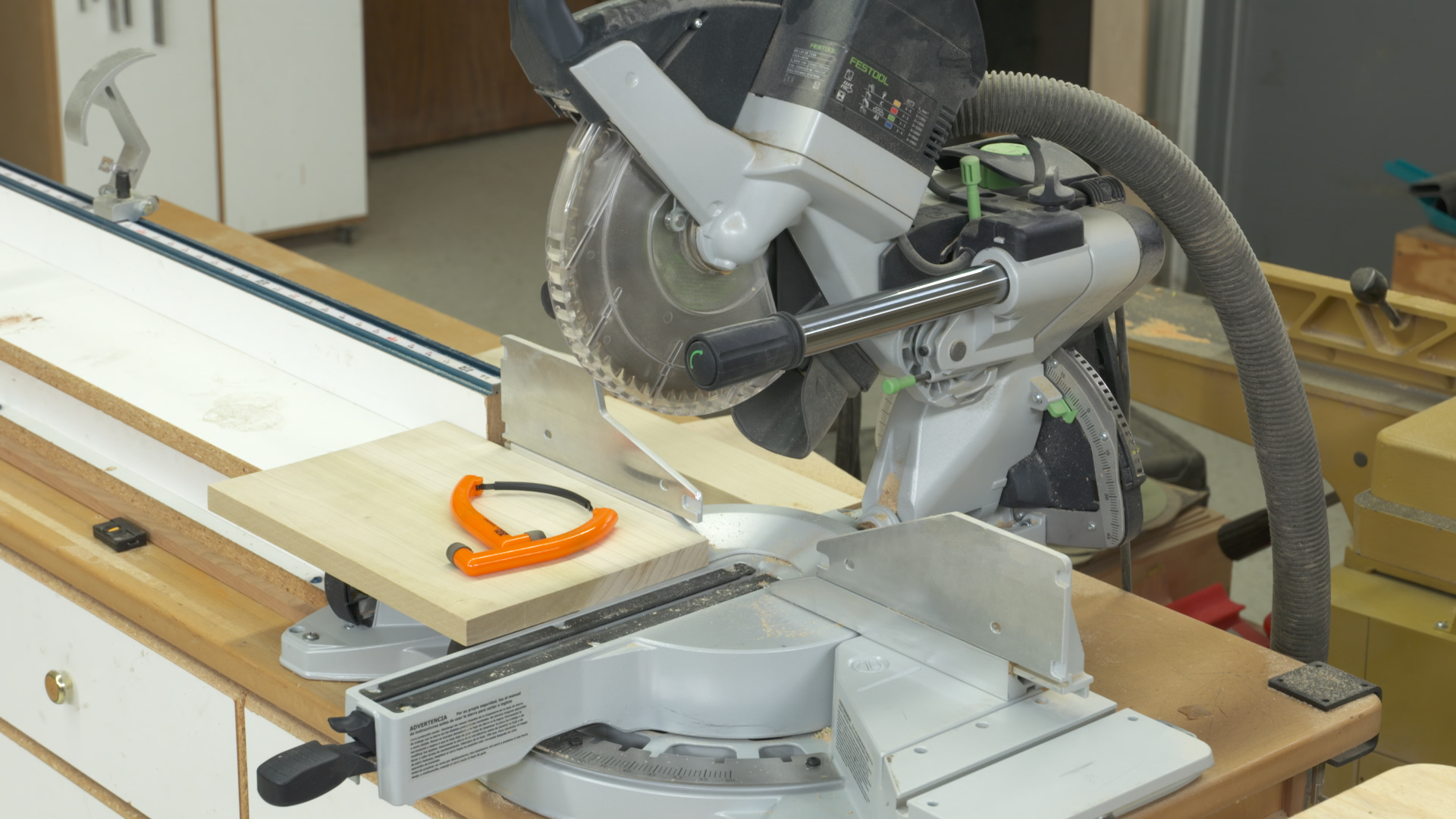
What about pipe clamps? no mention